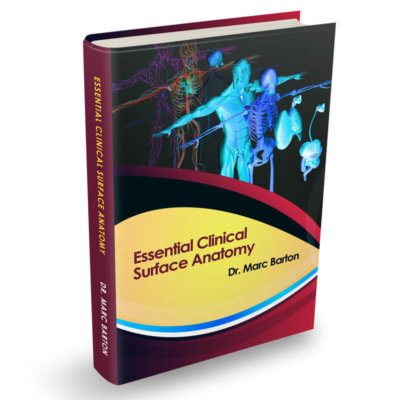A 60-year-old woman presents with a history of weight loss, poor appetite and intermittent diarrhoea. She also complains of recurrent oral ulcers. Her only past medical history of note is vitiligo, and she takes no regular medications. On examination, you note that her skin has a slightly yellow tinge. Her examination is otherwise unremarkable. You organise a set of blood tests, and the results reveal macrocytic anaemia, mild neutropenia, and elevated serum bilirubin levels.
Show Answer
This patient has vitamin B12 deficiency caused by pernicious anaemia. Pernicious anaemia usually occurs in the middle-aged and elderly and is more common in women. The peak age at diagnosis is 60. The UK incidence is estimated to lie in the range of 1-5/100,000 per annum.
The most common presenting features of pernicious anaemia are tiredness and lethargy. Other clinical features include:
- Weight loss and anorexia
- Diarrhoea
- ‘Lemon-yellow’ skin colour (due to a combination of haemolytic jaundice and the pallor of anaemia)
- Glossitis and oral ulceration
- Yellow-blue blindness can occur
- Psychiatric symptoms in advanced cases
Neurological features may include subacute combined degeneration of the spinal cord and peripheral neuropathy. Peripheral loss of position and vibratory sense is often the earliest indicator of central nervous system involvement. The lack of vitamin B12 results in patchy loss of myelin in the dorsal and lateral columns which causes:
- Weakness of arms and legs
- Progressively worsening parasthesia
- Reduced joint position and vibration sense
- Hyperreflexia
- Extensor plantar response
- Eventual spastic paraparesis
Show Answer
Pernicious anaemia is a disease of the stomach characterised by loss of gastric parietal cells and impaired secretion of IF. It is most commonly an autoimmune process that occurs as a result of antibodies that attack the gastric parietal cells that secrete intrinsic factor and gastric acid. In addition to a lack of IF, achlorhydria (lack of gastric hydrochloric acid) is invariably present. It is associated with other autoimmune disorders such as vitiligo and myxoedema. Less commonly, Helicobacter pylori infection and Zollinger-Ellison syndrome may also cause non-autoimmune gastritis that can lead to pernicious anaemia.
Show Answer
Intrinsic factor antibodies will reveal the diagnosis.
Show Answer
Hydroxocobalamin 1 mg intramuscularly three times a week for two weeks.
Header image used on licence from Shutterstock





